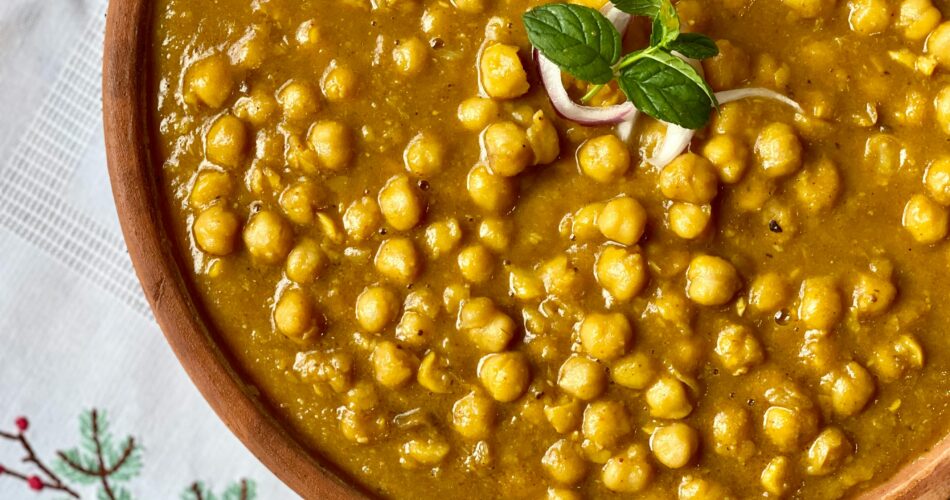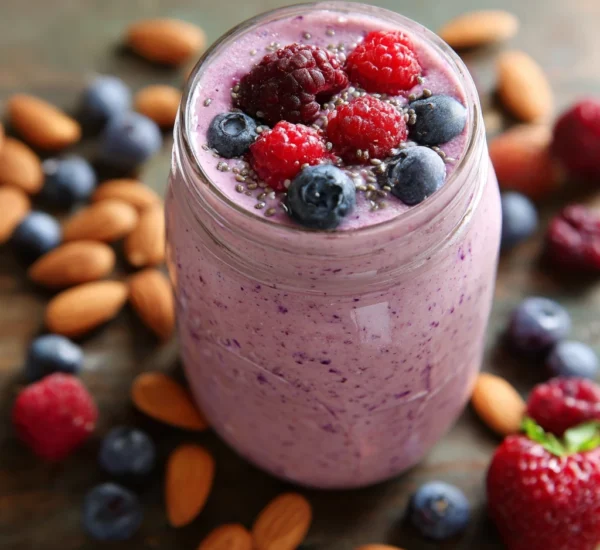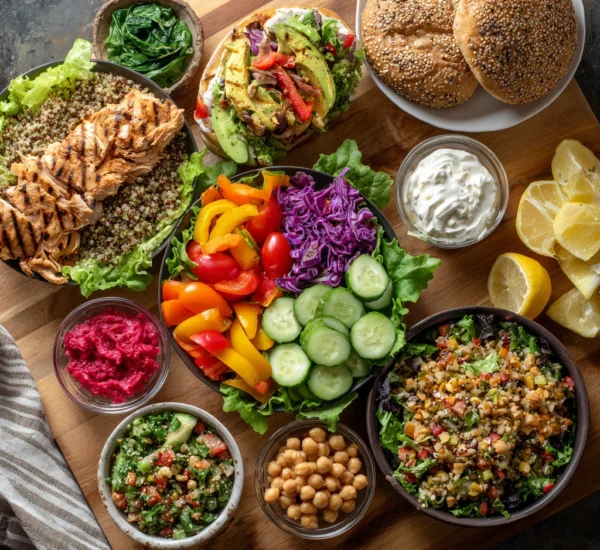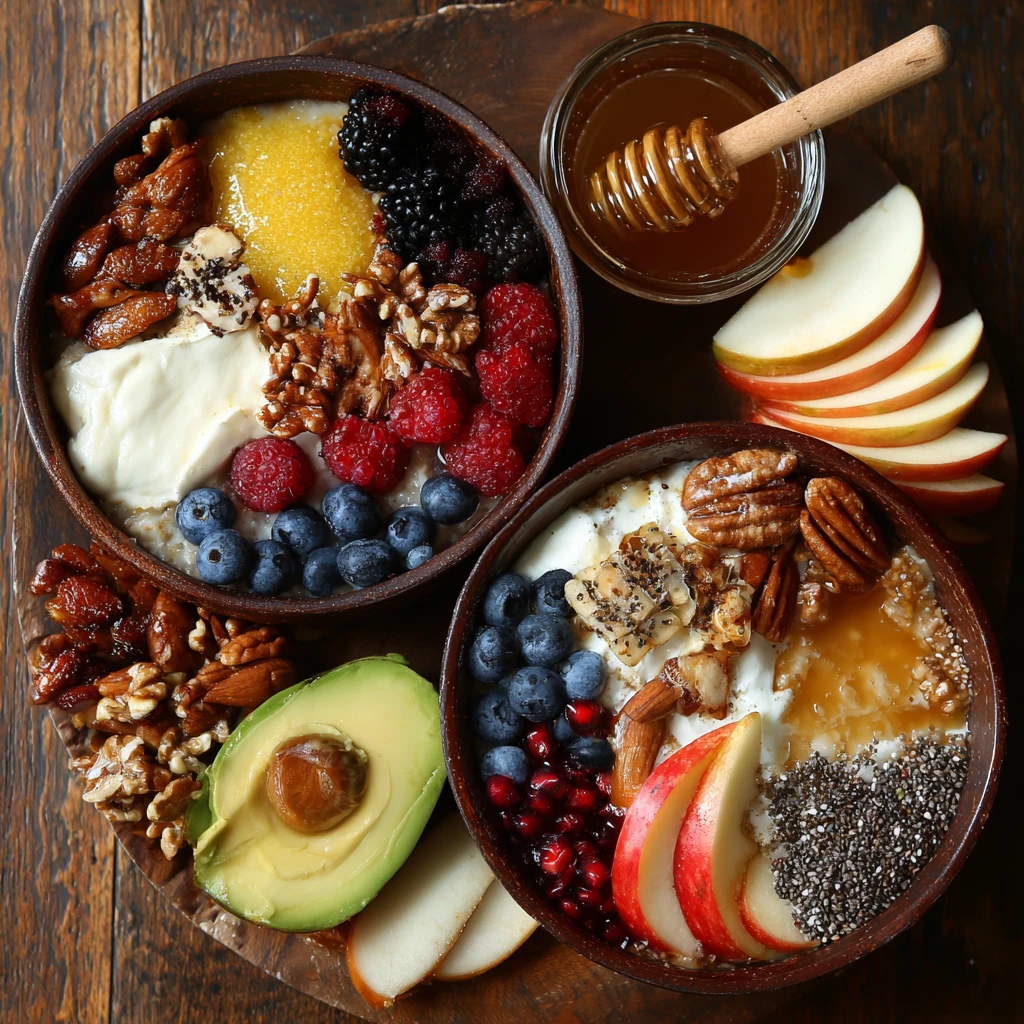Delicious Chickpea Curry (Chana Masala): A Flavorful Guide
Chickpea curry, often called Chana Masala, is a beloved dish across the globe. This flavorful and nutritious vegetarian staple is known for its rich blend of spices and satisfying texture. Whether you’re a seasoned cook or a kitchen novice, this guide will walk you through everything you need to know to create an authentic and delicious Chana Masala at home.
I. Unveiling the Magic of Chana Masala: Origins and Flavor Profile
Chana Masala originates from the Punjab region of India, where chickpeas have been a dietary cornerstone for centuries. The dish’s name translates directly to “chickpea masala,” highlighting the star ingredient. What sets Chana Masala apart is its complex flavor profile, achieved through a careful balance of spices.
A. The Essence of Indian Cuisine: The Spice Blend
The cornerstone of Chana Masala’s flavor lies in its unique blend of spices. While specific recipes vary, certain spices are almost always present:
- Garam Masala: This is the quintessential Indian spice blend, adding warmth and depth. It typically includes cinnamon, cardamom, cloves, cumin, coriander, and black pepper.
- Cumin (Jeera): Offers an earthy, slightly bitter flavor that is fundamental to many Indian dishes.
- Coriander (Dhania): Adds a citrusy, bright note that complements the other spices.
- Turmeric (Haldi): Imparts a vibrant yellow color and a slightly bitter, earthy flavor, along with its well-known health benefits.
- Chili Powder (Lal Mirch): Provides the necessary heat. Adjust the amount based on your preference.
- Amchur (Dried Mango Powder): Lends a tangy, sour element that balances the richness of the dish.
B. Beyond the Spices: Essential Ingredients
Beyond the spice blend, other key ingredients contribute to the overall taste and texture of Chana Masala:
- Chickpeas (Chana): The heart of the dish, providing a nutty and slightly creamy texture. Both dried and canned chickpeas can be used, but dried chickpeas require pre-soaking.
- Onions, Garlic, and Ginger: The aromatic base that builds the foundation of flavor.
- Tomatoes: Add acidity and sweetness, contributing to the rich gravy.
- Green Chilies (Optional): For an extra kick of heat.
- Fresh Cilantro: Provides a fresh, herbaceous garnish.
II. Crafting Your Perfect Chana Masala: A Step-by-Step Guide
This section provides a detailed recipe to help you create a delicious and authentic Chana Masala.
A. Ingredients You’ll Need:
- 1 cup dried chickpeas (or 2 cans, drained and rinsed)
- 2 tablespoons vegetable oil
- 1 large onion, finely chopped
- 2 cloves garlic, minced
- 1 inch ginger, grated
- 1-2 green chilies, finely chopped (optional)
- 1 teaspoon cumin seeds
- 1 teaspoon coriander powder
- 1 teaspoon turmeric powder
- 1/2 teaspoon chili powder (or to taste)
- 1/2 teaspoon garam masala
- 1/4 teaspoon amchur powder (dried mango powder)
- 1 (14.5 ounce) can diced tomatoes, undrained
- 1/2 cup water (or more, as needed)
- Salt to taste
- Fresh cilantro, chopped, for garnish
- Lemon wedges for serving (optional)
B. Preparation Steps:
1. Soak Chickpeas (if using dried): Rinse dried chickpeas and soak them in plenty of water for at least 8 hours or overnight.
2. Cook Chickpeas: Drain soaked chickpeas and cook them in a pressure cooker or pot until tender. This usually takes about 20-30 minutes in a pressure cooker or 1-1.5 hours on the stovetop. If using canned chickpeas, skip this step.
3. Prepare the Base: Heat oil in a large pot or Dutch oven over medium heat. Add cumin seeds and let them sizzle for a few seconds. Add chopped onion and cook until golden brown.
4. Sauté Aromatics: Add minced garlic, grated ginger, and chopped green chilies (if using) and sauté for another minute until fragrant.
5. Add Spices: Stir in coriander powder, turmeric powder, chili powder, garam masala, and amchur powder. Cook for 1-2 minutes, stirring constantly, until the spices are fragrant and well combined. Be careful not to burn the spices.
6. Add Tomatoes: Add diced tomatoes (undrained) to the pot and cook for 5-7 minutes, stirring occasionally, until the tomatoes have broken down and the mixture has thickened slightly.
7. Combine Chickpeas and Gravy: Add the cooked chickpeas to the pot and stir to coat them with the tomato-spice mixture.
8. Simmer: Add water (if needed) to achieve your desired consistency. Bring the curry to a simmer, then reduce heat to low, cover, and cook for at least 15-20 minutes, or longer for the flavors to meld. Stir occasionally and add more water if the curry becomes too dry.
9. Season and Garnish: Season with salt to taste. Garnish with fresh cilantro.
10. Serve: Serve hot with rice, naan, roti, or other Indian bread. Lemon wedges can be offered as a garnish.
C. Tips for Perfect Chana Masala:
- Spice Level: Adjust the amount of chili powder to control the heat. You can also use Kashmiri chili powder for a milder flavor and vibrant red color.
- Chickpea Texture: Some people prefer a smoother gravy. To achieve this, mash a few chickpeas against the side of the pot while simmering.
- Slow Cooking: Allowing the curry to simmer for a longer time will deepen the flavors.
- Freshness Matters: Using fresh, high-quality spices will significantly enhance the taste of your Chana Masala.
- Tomato Choices: While canned diced tomatoes are convenient, using fresh, ripe tomatoes that have been pureed will result in a richer, more flavorful gravy.
III. Variations and Customizations: Tailoring Chana Masala to Your Taste
Chana Masala is a versatile dish that can be easily customized to suit your dietary preferences and available ingredients.
A. Vegan and Gluten-Free Adaptations:
Chana Masala is naturally vegan and gluten-free, making it a great option for those with dietary restrictions. Ensure that the ingredients you use, especially the garam masala blend, are also gluten-free.
B. Adding Vegetables:
Feel free to add other vegetables to your Chana Masala for added nutrition and flavor. Popular additions include potatoes, spinach, cauliflower, and bell peppers. Add them to the pot along with the chickpeas and simmer until tender.
C. Using Different Legumes:
While chickpeas are the traditional choice, you can experiment with other legumes, such as kidney beans or black beans, for a different flavor profile. Adjust the cooking time accordingly.
D. Restaurant-Style Chana Masala Secrets:
Some restaurants add a touch of cream or yogurt at the end for added richness. Others use a “tadka” – a sizzling oil infusion with spices – poured over the finished dish for a boost of flavor. Adding dried fenugreek leaves (kasuri methi) is another restaurant trick to enhance the aroma and taste.
IV. Serving and Pairing: Complementing Your Chana Masala
Chana Masala is a versatile dish that pairs well with various accompaniments.
A. Classic Accompaniments:
- Rice: Steamed basmati rice is the most common accompaniment. Its delicate flavor complements the richness of the curry.
- Naan: Soft and fluffy naan bread is perfect for scooping up the gravy.
- Roti/Chapati: Whole wheat flatbreads provide a healthier alternative to naan.
- Poori: Deep-fried bread that adds a crispy element to the meal.
B. Side Dishes and Condiments:
- Raita: A yogurt-based side dish with cucumbers, onions, and spices. Raita cools down the palate and complements the spiciness of the curry.
- Pickles: Indian pickles, such as mango pickle or lime pickle, add a tangy and spicy element to the meal.
- Papadums: Thin, crispy lentil crackers provide a crunchy texture.
- Salad: A simple salad with cucumbers, tomatoes, and onions can provide a refreshing contrast to the rich curry.
C. Drink Pairings:
- Lassi: A yogurt-based drink that is both refreshing and cooling.
- Mango Juice: The sweetness of mango juice complements the spiciness of the curry.
- Chai: A warm and aromatic cup of chai is a classic pairing with Indian food.
- Light Beer: A light beer can help to cleanse the palate.
V. Frequently Asked Questions (FAQs) about Chana Masala
This section addresses common questions about Chana Masala, providing helpful tips and information.
Q: Can I use canned chickpeas instead of dried?
A: Yes, canned chickpeas are a convenient alternative to dried chickpeas. Simply drain and rinse them before adding them to the curry. Reduce the simmering time as canned chickpeas are already cooked.
Q: How do I make Chana Masala less spicy?
A: Reduce the amount of chili powder or omit the green chilies. You can also add a dollop of yogurt or cream at the end to help cool down the dish.
Q: Can I freeze Chana Masala?
A: Yes, Chana Masala freezes well. Allow it to cool completely before transferring it to an airtight container and freezing for up to 3 months. Thaw overnight in the refrigerator before reheating.
Q: Why are my chickpeas still hard after cooking?
A: If using dried chickpeas, ensure they are soaked for at least 8 hours. Also, cooking time can vary. If they remain hard, add a pinch of baking soda to the cooking water to help soften them. Older dried chickpeas can also take longer to cook.
Q: What can I use instead of amchur powder?
A: If you don’t have amchur powder, you can substitute it with lemon juice or tamarind paste. Add a small amount at the end of cooking and adjust to taste.
Q: How do I prevent my spices from burning?
A: Sauté the spices on low heat and stir them constantly. You can also add a tablespoon of water if the spices start to stick to the pot.
Q: Is Chana Masala healthy?
A: Chana Masala is a relatively healthy dish, as it is a good source of protein, fiber, and complex carbohydrates. However, it can be high in sodium depending on the recipe. Use low-sodium canned tomatoes and adjust the amount of salt to your liking.
Q: What is the difference between Chana Masala and Chole?
A: Chana Masala and Chole are often used interchangeably, but there are slight variations. Chole typically refers to a spicier and more tangy chickpea curry, often made with a specific blend of spices called “chole masala.” Chana Masala is a broader term for chickpea curry with a more diverse range of spice combinations.
Q: Can I make Chana Masala in a slow cooker?
A: Yes, Chana Masala can be made in a slow cooker. Sauté the onions, garlic, ginger, and spices in a pan before transferring them to the slow cooker along with the chickpeas and tomatoes. Cook on low for 6-8 hours or on high for 3-4 hours.
Q: What kind of oil should I use for Chana Masala?
A: Vegetable oil, canola oil, or sunflower oil are good options for cooking Chana Masala. Avoid using oils with strong flavors, as they can overpower the delicate spice blend.



